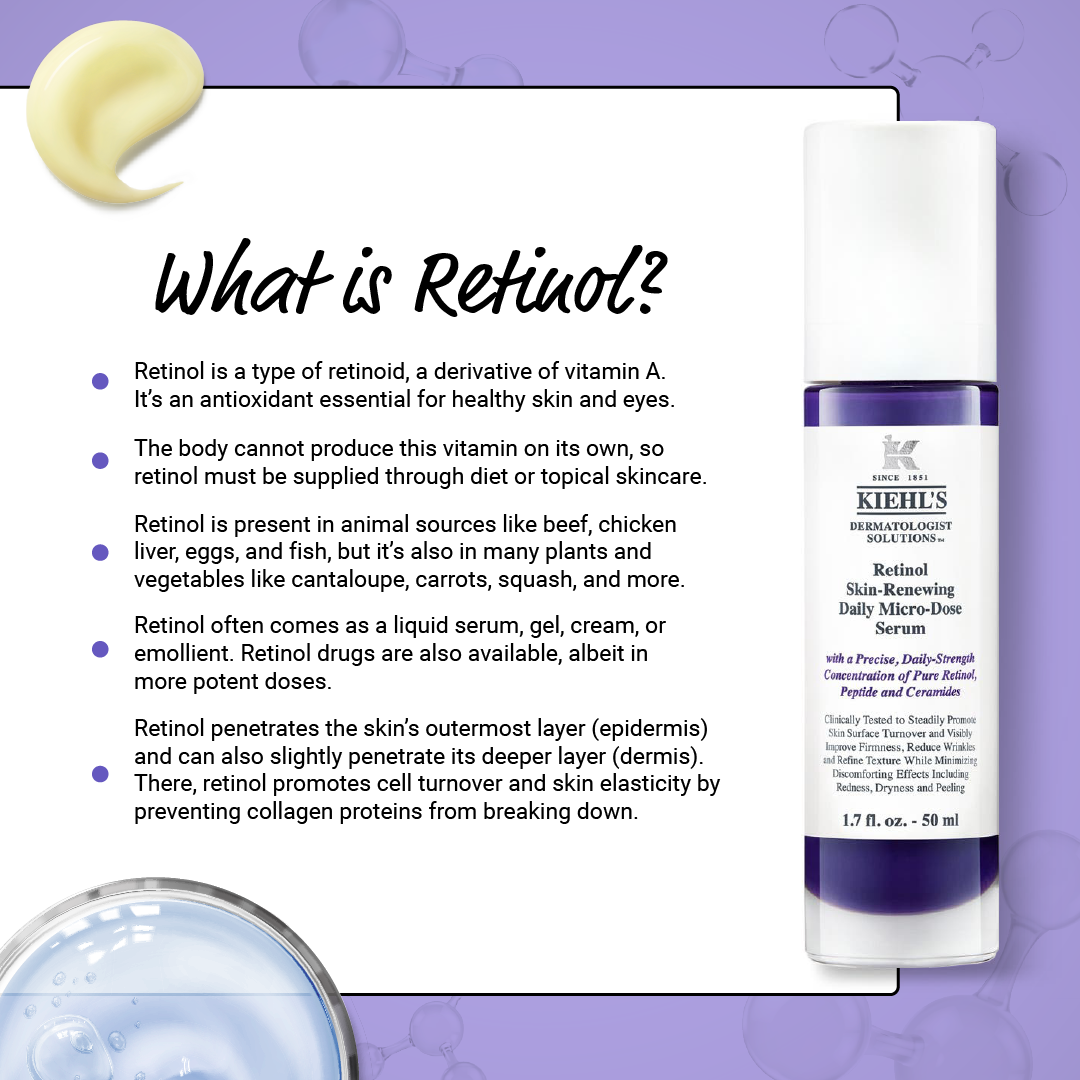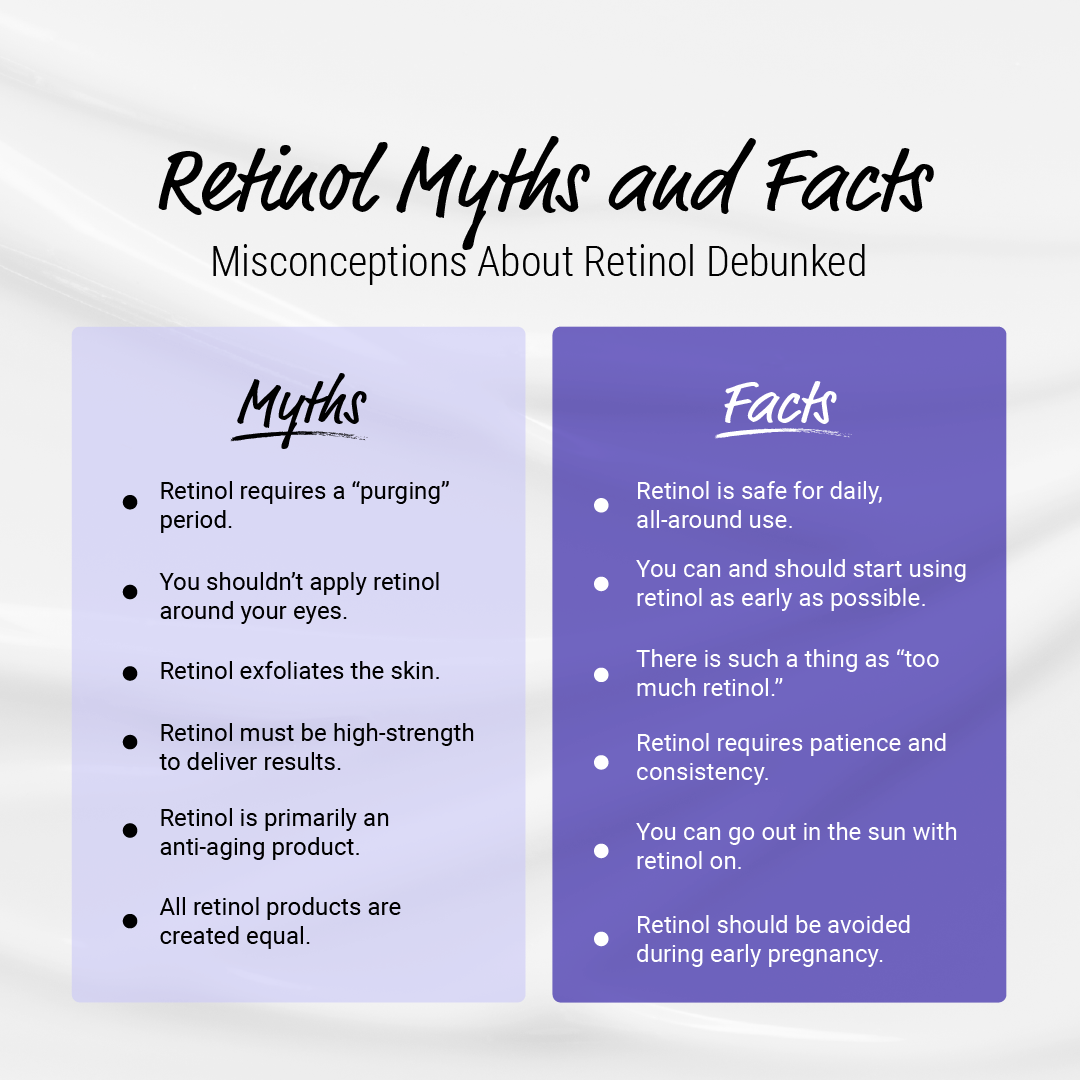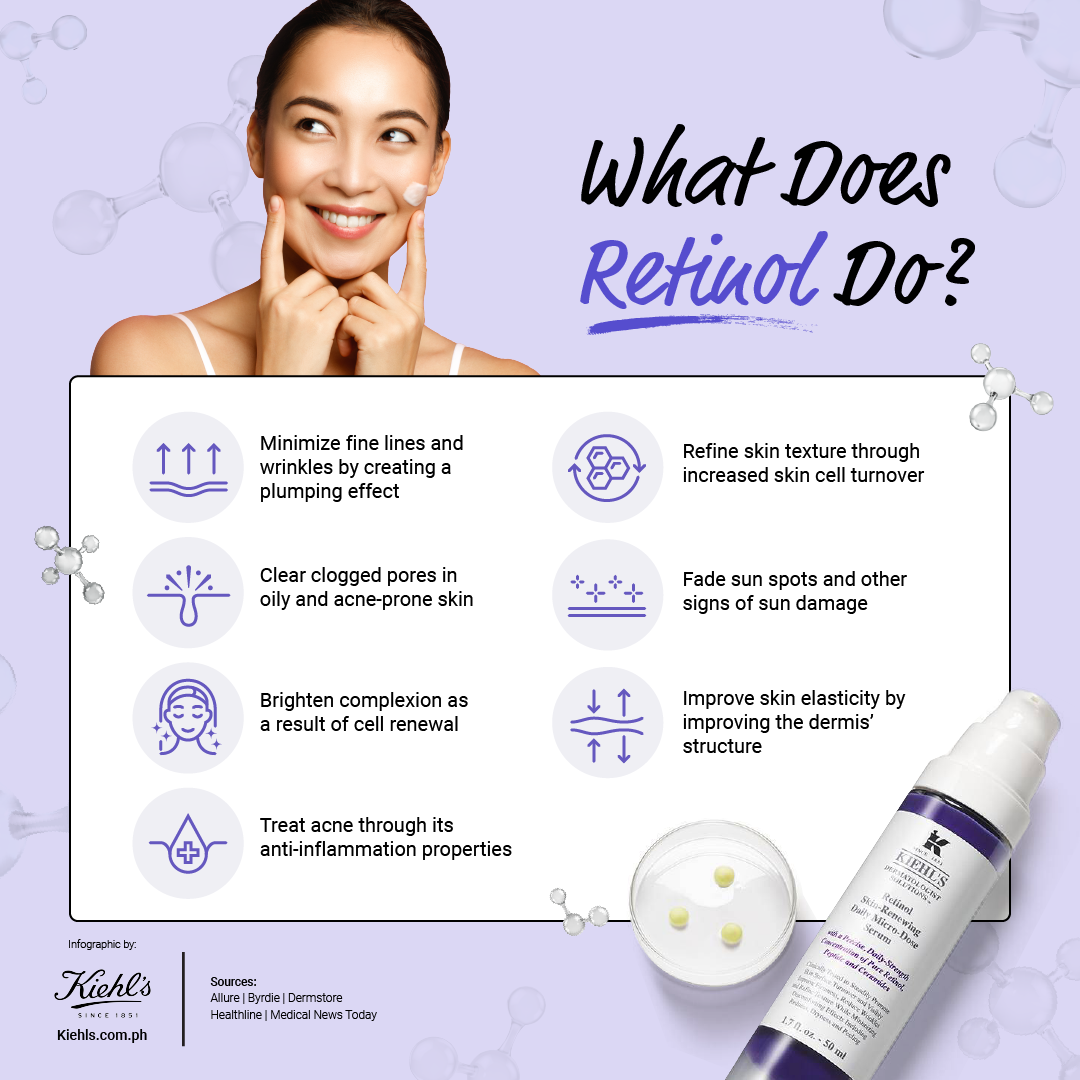
What Is Retinol: How And Why You Should Use It On Your Skin
n the world of beauty, one thing is made clear: skincare is the most important aspect of every self-care routine. In fact, even ancient Egyptians used natural ingredients, such as plant-based oils, herbs, and milk, to preserve their youthful appearance and protect their skin from dry winds.
The practice of skincare is still relevant today, with enthusiasts all over the world choosing beauty products with the best and highly recommended ingredients for skin protection, one of which is retinol.
Over the years, retinol has been proven to help treat acne, even skin pigmentation, and minimize signs of aging and sun damage. It has also been promoted as a non-invasive and cheaper alternative to Botox.
While the results of retinol use do not manifest a few days after the start of the application, its payoff is worth the wait. For these reasons, many Hollywood celebrities such as Kim Kardashian and Nicole Kidman swear by retinol to retain their skin’s glow.
However, for the uninitiated, retinol may sound like a daunting ingredient. How does it really work? How much of it should a person use? What makes it different from other skincare ingredients written on the packaging of many creams and serums? Is it just another beauty fad? Can it be used every day?
Those unfamiliar with the vitamin have several questions, and it’s normal to speculate about the ingredients of beauty products and how effective they are because you only want the best for your skin. After all, it does pay to invest in your beauty.
If you are still wary about the effects of retinol, look no further. In this infographic, you’ll learn some basic facts about retinol, debunk the common myths surrounding it, and see how it can help rejuvenate your skin and keep you looking young and fresh every day.



Appreciate the creator